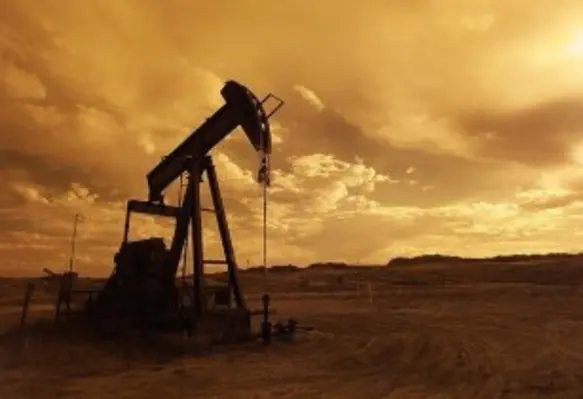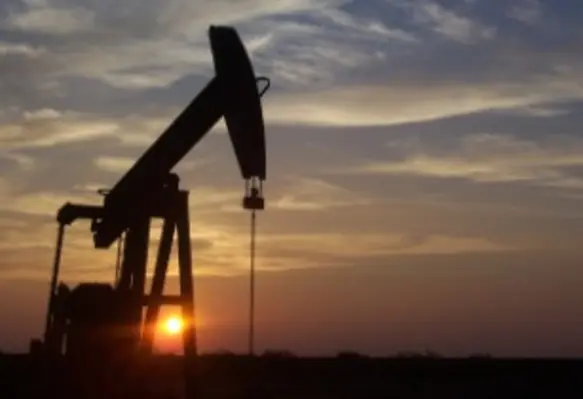OPEC and non-OPEC oil giant Russia have agreed to extend oil production cuts until the end of 2018, after hours of discussions in Vienna on 30 November 2017
Exploration & Production
Oman Oil Marketing Company begins fuel bunkering services at port of Duqm
Oman Oil Marketing Company has commenced its fuel bunkering operations by barge at Port of Duqm to expand ship-to-ship services in the Sultanate’s maritime logistics hubs
Operational excellence delivers ROI in oil and gas industry: Petrotechnics
In a recent survey finding, Petrotechnics, developer of the operational excellence software for the hazardous industries, has revealed that operational excellence (OE) remains central to firms’ enterprise-wide strategies and now delivers tangible results
Sonatrach and BHGE forms new company to boost Algeria’s oil and gas market
Sonatrach and Baker Hughes have announced the creation of a 20,000 sqm manufacturing facility in Arzew Industrial Zone, to strengthen Algeria’s position in upstream oil and gas market to meet local demand
Egypt to offer oil exploration bid in Q1 2018
The Egyptian Ministry of Petroleum and Mineral Resources has announced to offer an oil exploration bid for the oil resources of the Red Sea in Q1 2018













